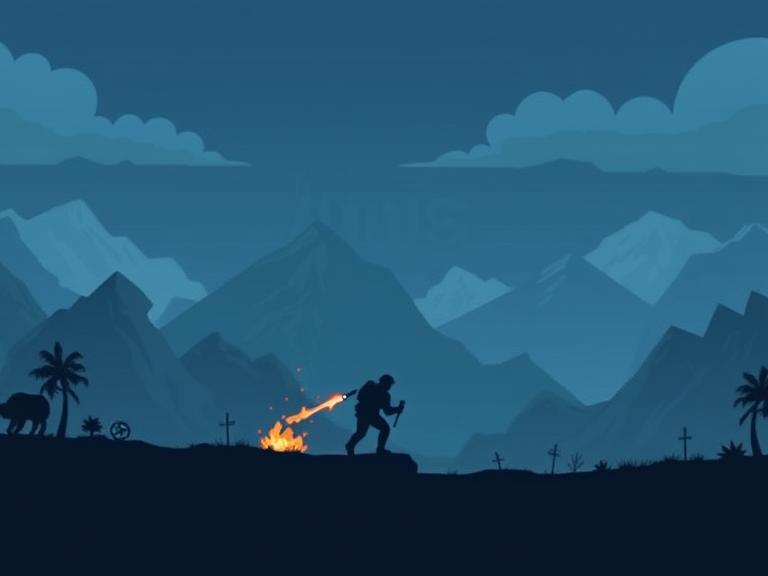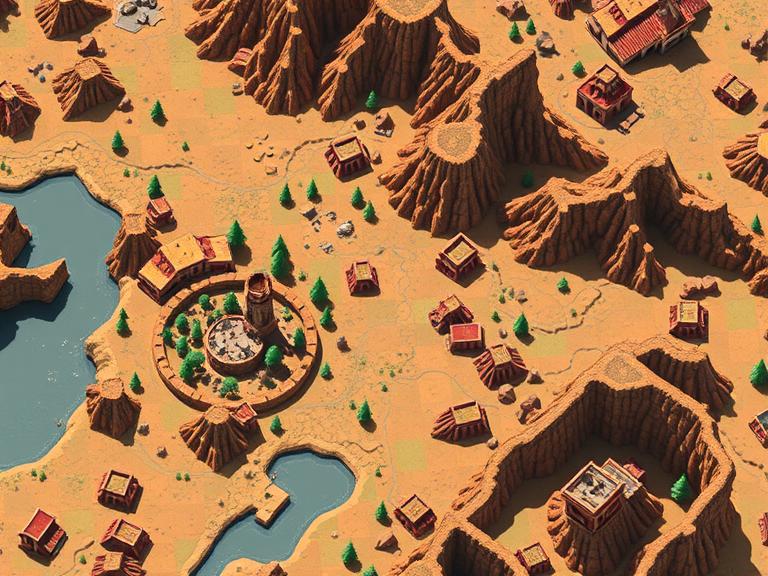Game difficulty scaling — or “adaptive difficulty” — is a subtle art that makes or breaks the player experience. When implemented well, it creates a tailored challenge that keeps players engaged. When handled poorly, it leads to frustration, boredom, or unfair spikes in difficulty.
There are several types of difficulty scaling. Some games, like Resident Evil 4, dynamically adjust enemy health and aggression based on player performance. Others, like The Elder Scrolls IV: Oblivion, scale enemy levels to match the player’s progression. This ensures that combat never becomes too easy — but it can also remove the sense of growth if not done carefully.
In action games, scaling may occur in real-time. Games like Left 4 Dead use an “AI Director” to evaluate how well the player is doing and adjust enemy spawns accordingly. If you’re breezing through the map, expect a sudden ambush or mini-boss to challenge your dominance.
Psychologically, difficulty scaling maintains what game designers call the “flow state” — the sweet spot between boredom and anxiety. Players stay immersed when the game is just hard enough to push them but not so punishing that they give up. Developers use metrics like time-to-death, item usage, or player hesitation to make real-time difficulty assessments.
Ultimately, the best games offer customizable or transparent difficulty systems. Titles like Celeste and The Last of Us Part II let players tweak individual aspects (enemy AI, damage, puzzle speed), making the experience more inclusive without sacrificing challenge.




